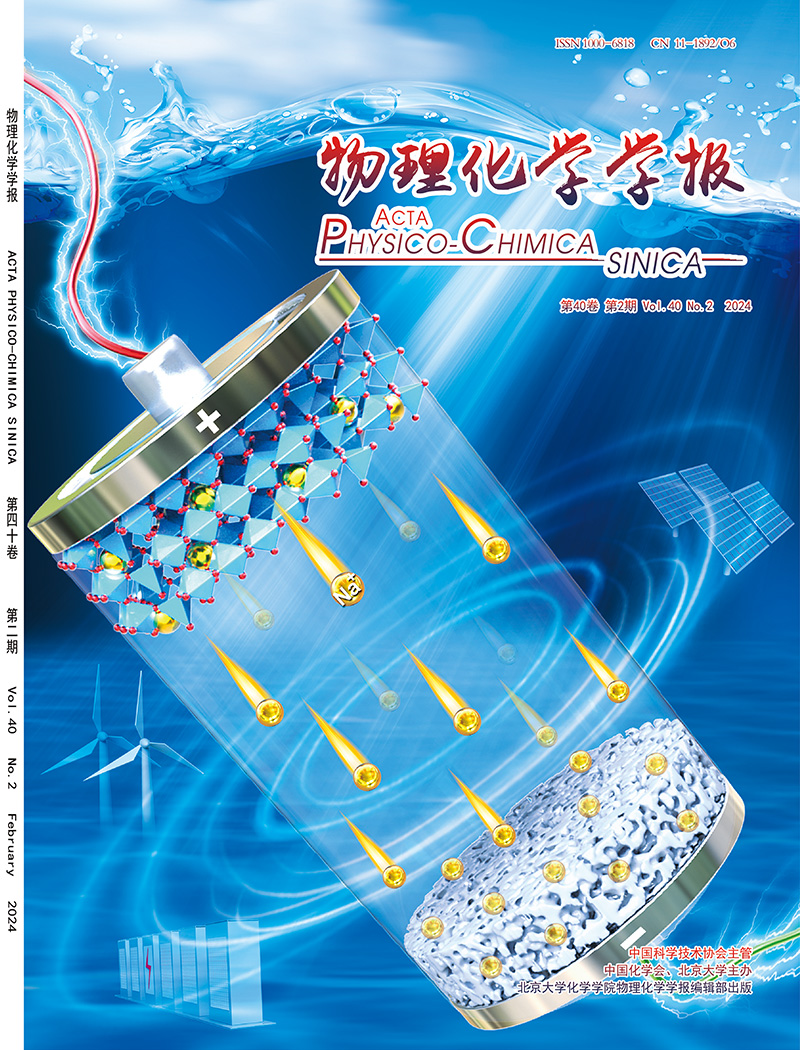Rational design of bimetallic oxide anodes for superior Li+ storage
IF 10.8
2区 化学
Q1 CHEMISTRY, PHYSICAL
引用次数: 0
Abstract
The rapid advancement of scientific technology leads to a growing need for energy storage equipment in modern society. Lithium-ion batteries (LIBs) are extensively utilized in portable electronics, handy electric tools, medical electronics, and other industries due to their exceptional features such as high energy density, high power density, long lifespan, low self-discharge rate, wide operating temperature range and environmentally-friendly nature. However, the recent rapid development of mobile electronics and electric vehicles requires energy storage devices with even higher energy and power densities. To achieve this goal, it is essential to develop advanced electrode materials featuring high capacity, high rate capability, and long cycle life. The design of high-performance anode materials is an important aspect of constructing the ideal LIB devices. Besides the commercialized graphite, many metal oxides can also act as anode in the LIBs. In detail, the oxides that served as LIB anodes can be classified into intercalation-type, conversion-type and conversion-alloying-type anodes based on their Li+ storage mechanisms. Due to their robust metal-oxygen bonds, intercalation-type anodes, such as d0 metal oxides, exhibit stable cycling performance and high-rate capability. However, the limited valence change of intercalation-type metal ions often results in low theoretical capacities. In comparison, conversion-alloying type anodes, exemplified by p-block metal oxides, offer high theoretical capacities and low Li+ extraction potential, making them suitable for high-energy-density LIBs. Nevertheless, the Li+ intercalation process induces severe phase agglomeration and volume expansion, leading to rapid capacity decay and poor rate capability. Therefore, these drawbacks severely limit the wild utilization s of metal oxide anodes in commercialized LIBs. Recently, substantial efforts have been made to design novel bimetallic oxide anodes. Among these anodes, the incorporation of intercalation-type or conversion-type motifs into conversion-alloying-type metal oxides enables the creation of bimetallic oxide anodes with optimized electronic and ionic conductivities. This approach has the potential to combine the advantages of high capacity, high-rate capability, and long cycle life in a single system. To uncover the underlying Li+ storage mechanisms, this review analyzes the bond situations and electronic structures of various metal oxides. Additionally, it introduces a new graphic representation of the Li+-ion charge/discharge process using density of states (DOS) graphs. The multi-step lithium storage mechanisms in bimetallic oxide anodes are also discussed. Drawing on recent progress in the field, this review provides fundamental academic insights and practical perspectives for the development of high-capacity, high-rate, and robust bimetallic compound anodes.

双金属氧化物阳极的合理设计,提高锂离子的存储性能
随着科学技术的飞速发展,现代社会对储能设备的需求越来越大。锂离子电池具有高能量密度、高功率密度、寿命长、自放电率低、工作温度范围宽、环保等特点,广泛应用于便携式电子产品、手持式电动工具、医疗电子等行业。然而,近年来移动电子和电动汽车的快速发展需要具有更高能量和功率密度的储能设备。为了实现这一目标,开发具有高容量、高倍率和长循环寿命的先进电极材料至关重要。高性能阳极材料的设计是构建理想锂离子电池器件的一个重要方面。除了商业化的石墨外,许多金属氧化物也可以作为锂离子电池的阳极。作为锂离子电池阳极的氧化物根据其Li+存储机制可分为插层型、转化型和转化合金化型阳极。由于其坚固的金属-氧键,插层型阳极,如金属氧化物,表现出稳定的循环性能和高倍率的能力。然而,嵌层型金属离子的价态变化有限,往往导致理论容量较低。相比之下,以p块金属氧化物为代表的转化合金型阳极具有较高的理论容量和较低的Li+萃取电位,适合于高能量密度的锂离子电池。然而,Li+嵌入过程会引起严重的相团聚和体积膨胀,导致容量衰减迅速,速率性能较差。因此,这些缺陷严重限制了金属氧化物阳极在商业化锂离子电池中的广泛应用。近年来,人们在设计新型双金属氧化物阳极方面做了大量的努力。在这些阳极中,将嵌入型或转换型基序结合到转换合金型金属氧化物中,可以创建具有优化电子和离子电导率的双金属氧化物阳极。这种方法有可能在单个系统中结合高容量、高速率能力和长循环寿命的优点。为了揭示潜在的Li+储存机制,本文分析了各种金属氧化物的成键情况和电子结构。此外,它还引入了一种新的用态密度(DOS)图来表示Li+离子充放电过程的图形。讨论了锂在双金属阳极中的多级存储机理。本文综述了该领域的最新进展,为开发高容量、高速率、高强度的双金属化合物阳极提供了基本的学术见解和实践前景。
本文章由计算机程序翻译,如有差异,请以英文原文为准。
求助全文
约1分钟内获得全文
求助全文

 求助内容:
求助内容: 应助结果提醒方式:
应助结果提醒方式:


